If you are involved in a serious road crash, many cars in Australia will automatically place a call to an emergency response centre. So why do so few people know about eCall and why isn’t it mandatory in all vehicles?
ANCAP 5-star car safety ratings explained: new changes from 2026
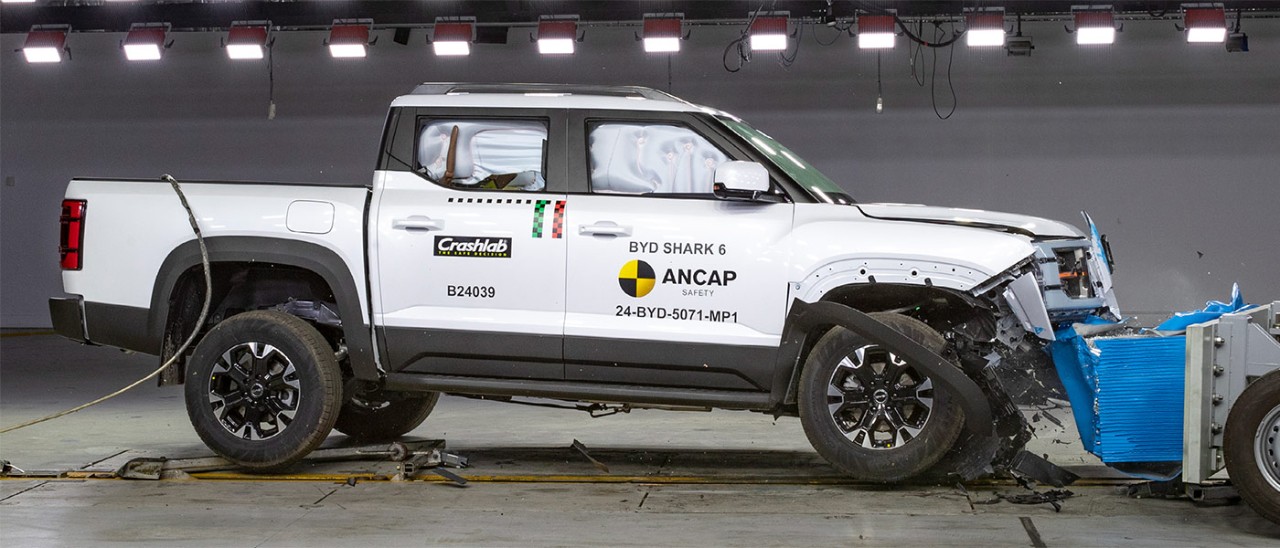
ANCAP safety ratings are your best guide to the safest cars, SUVs and utes on sale in Australia. From 2026 the ratings will focus on key issues such as EVs, emergency calls and irritating technology. Here’s everything you need to know.
The Australasian New Car Assessment Program (ANCAP) has introduced significant updates to how it tests and rates the safety of new vehicles, starting from January 1, 2026.
The leading safety authority will continue to crash-test new passenger cars, SUVs and utes launched in Australia and provide an overall star rating (out of five).
“ANCAP ratings are still the easiest way to see how a new vehicle stacks up when it comes to safety,” says RACV Head of Policy James Williams. “The higher the rating, the higher your chance of avoiding injury, or worse, in the event of a crash.”
But in working out the overall rating, ANCAP will also tackle important new safety issues with modern cars. These include:
- the intrusiveness of lane keeping and other electronic driver assist systems
- the removal of physical controls in favour of complicated touchscreen menus
- fire risks relating to EV and hybrid car batteries, and
- whether the car can automatically place an emergency call (eCall) if a collision occurs.
The new 2026-2028 testing protocols will place a strong emphasis on what happens before and after a collision, as well as maintaining ANCAP’s long-established focus on how well the car performs during a crash.
In collaboration with European NCAP, ANCAP has come up with four new assessment pillars under a ‘Stages of Safety’ umbrella: Safe Driving, Crash Avoidance, Crash Protection and Post Crash.
“You’ve spoken and we have listened. The ‘Stages of Safety’ approach will allow ANCAP to incorporate useful feedback, enhance existing tests and incorporate new areas of focus,” says ANCAP Chief Executive Carla Hoorweg. “This new approach also provides a structure that can adapt to the technological developments that will shape the automated driving future.”
This guide provides an overview to ANCAP ratings, their importance, and the new stages and areas of focus for the independent, non-regulatory authority, which routinely toughens up its testing criteria to encourage carmakers to constantly improve vehicle safety and help motorists make the safest choice when purchasing their next new vehicle.
More: Research and compare new cars, SUVs and utes on sale today in Australia
In this article
- What makes a vehicle safer?
- How are vehicles tested for safety?
- 1. Stages of Safety – Safe Driving
- • Driver monitoring systems
- • Bringing back physical controls
- 2. Stages of Safety – Crash Avoidance
- • Real-world ADAS testing
- • Speed sign recognition
- • Preventing unintended acceleration
- 3. Stages of Safety – Crash Protection
- 4. Stages of Safety – Post Crash
- • Emergency call system (eCall)
- • Hybrid and electric car battery fire risk
- • Electric door handles
- What are the safest cars, SUVs and utes in Australia?
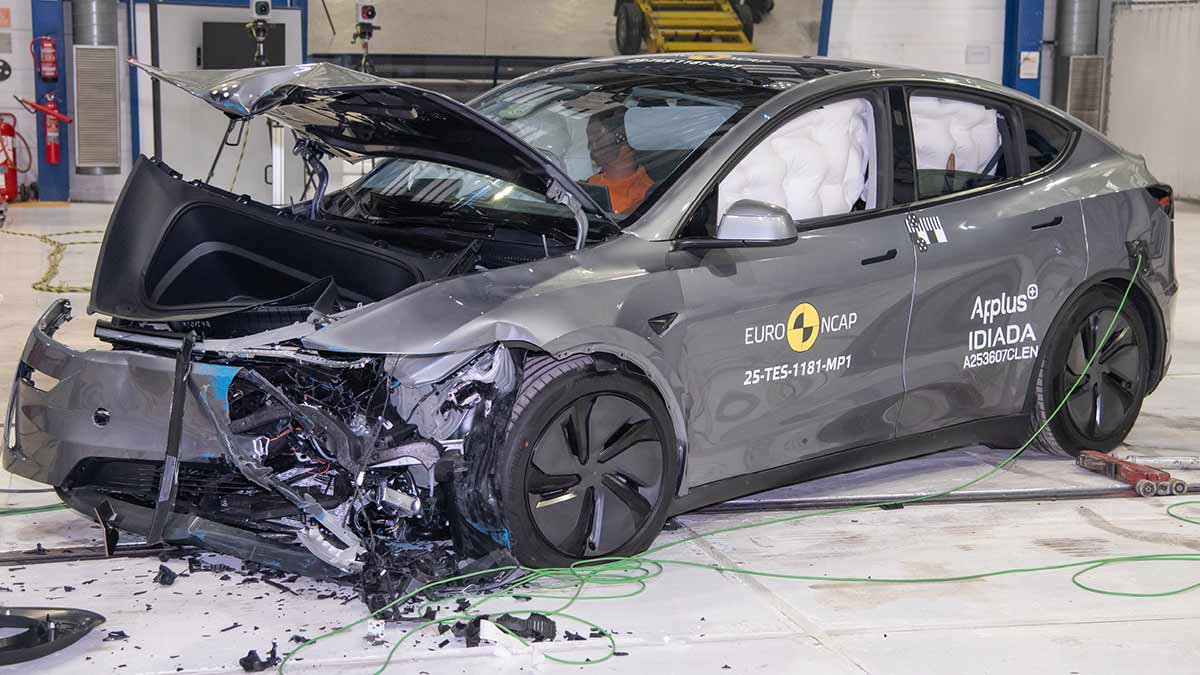
Australia’s top-selling EV, the Tesla Model Y, has a five-star local ANCAP rating, although the crash tests took place in Europe.
What makes a vehicle safer?
Vehicle safety has traditionally focused on how well the car protects its occupants in a crash, but our fast-changing world has brought new technologies into modern cars that are designed to prevent a crash occurring in the first place – and which can also make a vital difference in the so-called ‘golden hour’ of survival once a crash has taken place.
As ANCAP points out, the safest vehicle will help prevent or reduce the severity of a crash. And if a crash does still occur, it will provide you and those around you with a higher degree of protection.
It will also automatically connect the vehicle to an emergency response centre in the event of a serious collision.
How are vehicles tested for safety?
ANCAP safety ratings are based on internationally recognised, independent crash tests and safety assessments conducted in Australia and by its European counterpart, Euro NCAP.
Each star rating is determined following a series of physical crash tests, an assessment of onboard safety features and equipment, and performance tests of active collision avoidance technologies.
The vehicles are evaluated against four key assessment areas (or ‘pillars’), which have been updated for 2026-2028 to strengthen the rigour and relevance of ANCAP’s testing, rewarding cars that perform well across all stages of safety – before, during and after a crash.
Each of the four stages are scored out of 100 points and expressed as a percentage for consumers looking for a higher level of information beyond the simple star rating. There are minimum score thresholds for each stage, which can influence the overall rating.
ANCAP safety ratings have a date stamp that points to when the car was tested, so a 2026 stamp under the tougher new protocols will be highly regarded. The date stamp remains valid for six years, after which the vehicle (if it’s still on sale as a new car) will be deemed unrated. The testing criteria is updated every three years.
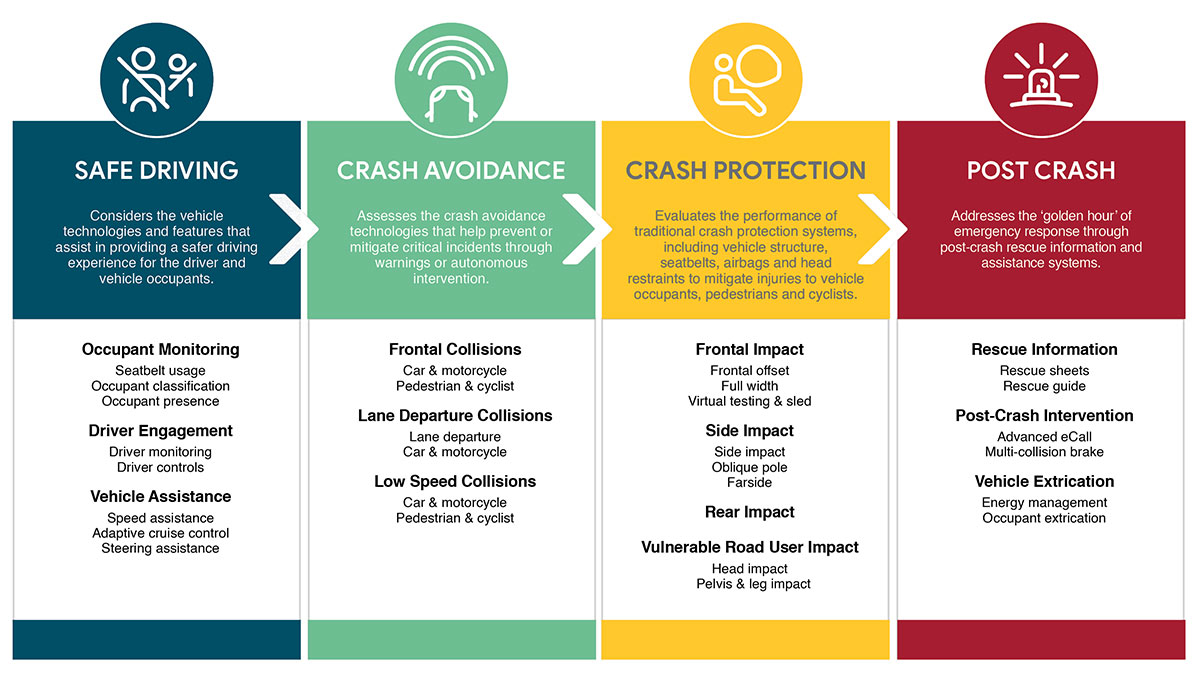
1. Stages of Safety – Safe Driving
The first pillar in ANCAP’s new assessment criteria, Safe Driving, looks at the in-car technologies and features that assist in providing a safer driving experience for the driver and occupants.
These include cameras and sensors that monitor whether occupants are wearing their seatbelts and whether they’re still in the car when the driver has left the vehicle.
Driver monitoring systems
Modern cars also typically include a raft of technologies that closely monitor the driver and link that behaviour to the car’s crash avoidance systems. Some carmakers do this well, providing good support for the driver if they show signs of distraction, fatigue or impairment.
But other systems can be annoying, potentially leading to added distraction with abrupt responses and irritating interventions.
In addition to assessing technical performance, ANCAP will now reward active driver assistance systems for smooth, intuitive operation. As well as driver monitoring, engineers will also assess lane support, forward collision warning and autonomous emergency braking (AEB) systems.
“Some driver monitoring systems have put their drivers offside. They beep too loud or too often,” says ANCAP. “The car shouldn’t add to distraction or frustration. If the car knows you’re attentive it should leave you alone – no beeps, no distractions.”
It adds: “On the other hand, if the car can tell you are distracted, fatigued or impaired, its crash avoidance features should step in to assist … We’re encouraging smart coupling so the sensitivity – occurrence and severity – of the systems is enhanced, or minimised, depending on how engaged the driver is.”
More: How fatigue affects your driving: recognising and reducing the risks
Bringing back physical controls
This is another area where modern cars are often criticised for making life more difficult for the driver, forcing them to use the central touchscreen – and often drill through sub-menus – to change major vehicle controls.
Temperature control and selectable driving modes are often relegated to the touchscreen, for example, but some cars also use the central screen for indicators, the horn, lights, mirror adjustment, and so on.
ANCAP says it’s time to bring back buttons and stalks and remove some of the complication and distraction that comes with having the most basic driver controls buried within touchscreens.
Under the new protocols, carmakers will be penalised for failing to either provide physical buttons for important driver controls like the horn, indicators, hazard lights, windscreen wipers and headlights, or dedicate a fixed portion of the cabin display screen to these primary driving functions.
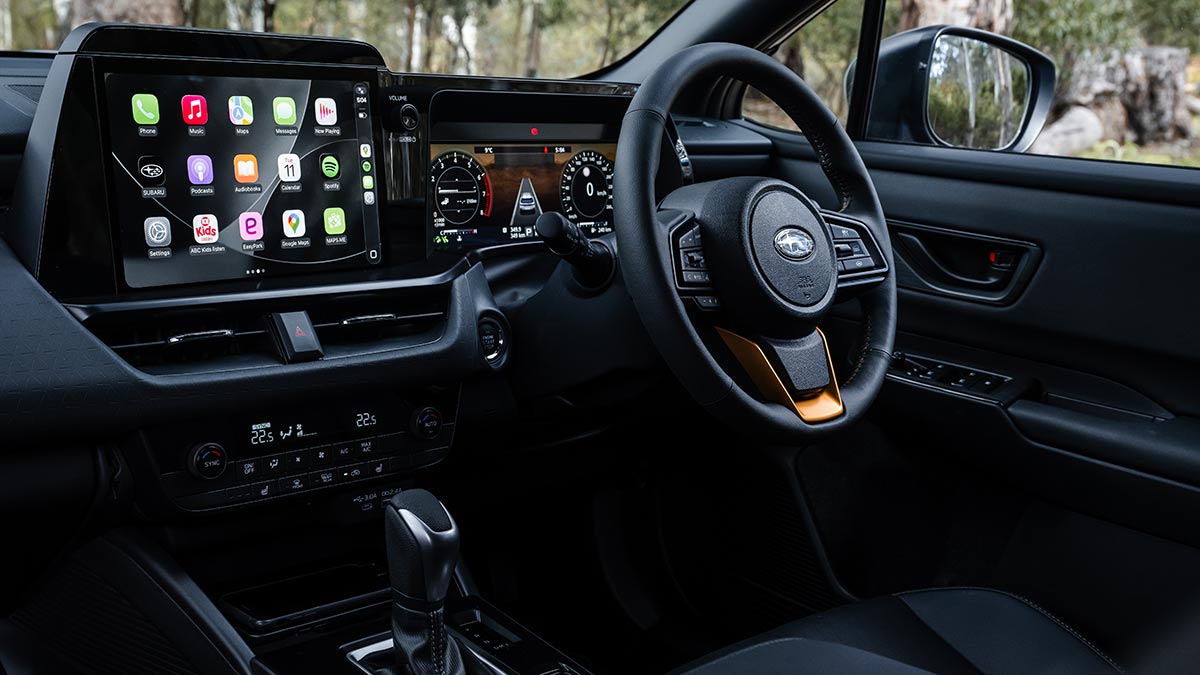
Subaru has brought back a range of physical controls in its new 2026 Subaru Outback.
2. Stages of Safety – Crash Avoidance
This area looks at crash avoidance systems that help prevent or mitigate critical incidents through warnings or autonomous intervention. There is a strong emphasis here on how well a car can avoid a collision with vulnerable road users such as pedestrians, cyclists and motorbike riders, as well as other vehicles, and ANCAP will take this to new heights under its 2026-2028 testing protocols.
Real-world ADAS testing
As we mentioned in the driver engagement section above, ANCAP will now rate the level of distraction and frustration that can stem from advanced driver assistance systems (ADAS) such as lane departure warning (LDW) and autonomous emergency braking (AEB) – not just whether they’re fitted to the car.
From 2026, ANCAP will also assess ADAS performance and effectiveness in new areas. For example, will the AEB system recognise someone wearing a high-vis vest? Will it work effectively at night? What about when it’s raining?
Many drivers can attest to the fact that ADAS will sometimes shut down when the weather conditions suddenly deteriorate – the very moment we want the safety tech to help guide us.
ANCAP recognises that crash avoidance features should work not only in lab conditions, or when the driving conditions are perfect, but in the real world across a range of scenarios. As a result, the engineering team will perform more on-road testing to better track the capability of the technology onboard, such as how these systems read and respond to changing road conditions.
Better lane support systems
Lane keeping systems in modern cars are often criticised for their intrusiveness during everyday driving, whether it’s on a suburban street, dual carriageway, multi-lane arterial road or a country road where there are no road markings at all.
This can be frustrating for the driver, especially when they are travelling well inside their lane markings and it seems that the car, not the human behind the wheel, has misread the road conditions and taken corrective action.
What’s more, the vehicle’s response can be unexpectedly aggressive, which might in turn create problems for the driver.
ANCAP recognises the need for lane support systems to work co-operatively with the driver, so under its new 2026-2028 test and rating criteria cars will be assessed against metrics that show:
- how quickly the car’s steering reacts when lane support kicks in
- how much steering input the driver needs to override an unwanted vehicle response
- the time taken for the driver to regain full steering control over the car’s intervention, and
- how much, and how aggressive or gently, the car shifts left or right when the system is activated.
Speed sign recognition
The accuracy of speed sign recognition systems is another area that warrants closer scrutiny and ANCAP will now include this as part of its new assessment process.
Engineers will take every car rated under the program out on public roads – in both urban and regional areas – and capture real-world data on how well the traffic sign recognition systems operate.
Are they smart enough to note school zones, for example, and reduce the speed to match the posted limit? Can they detect and properly decipher temporary roadwork speed signs? What about freeway limits on overhead gantries? And signs with ‘END 60’ when leaving a country town – it denotes a return to 100km/h, but does the car understand this?
Preventing unintended acceleration
A car will be rewarded under the new ANCAP protocols if it has a safety system that responds when a driver mistakenly presses the accelerator when stationary (or when travelling at low speeds) instead of the brake pedal.
Sometimes called misacceleration mitigation, these systems monitor pedal inputs together with information from onboard cameras and sensors that detect pedestrians, cyclists, motorcyclists and other vehicles.
If the vehicle can interpret these combined inputs to recognise a potential danger and automatically reduce acceleration – whether moving forward or in reverse – it will earn extra points.
More: Most common bad and illegal habits of Victorian drivers
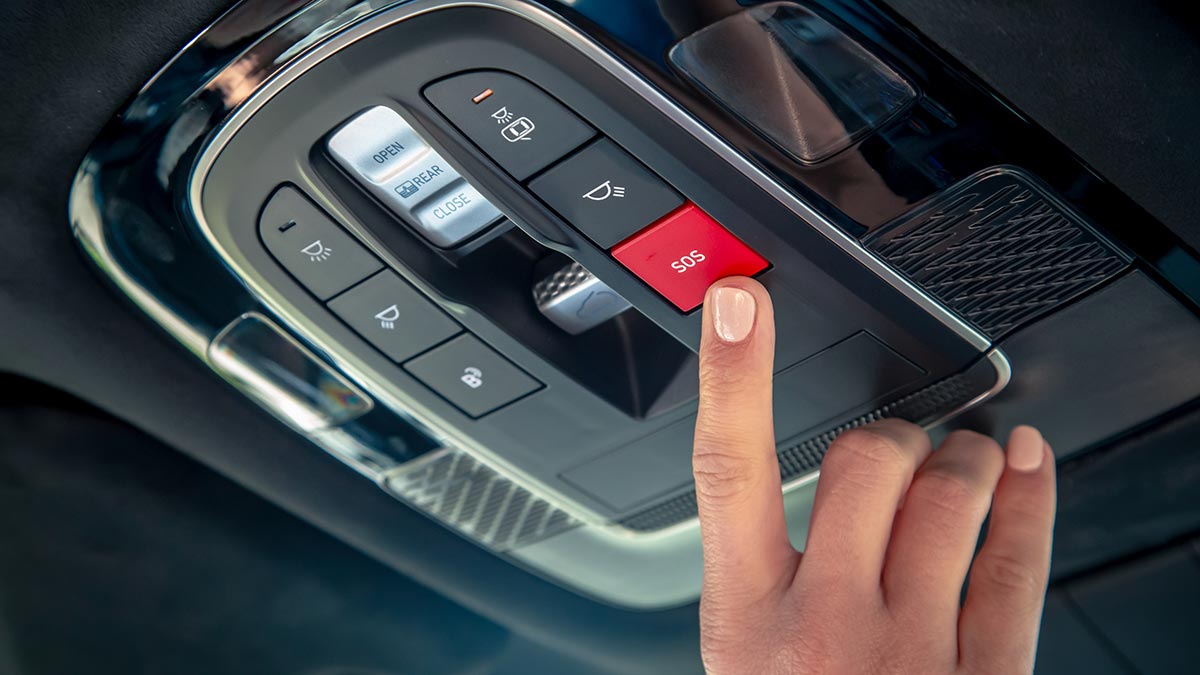
ANCAP will place a greater emphasis on emergency call (eCall) systems under its latest testing protocols.
3. Stages of Safety – Crash Protection
Here, ANCAP conducts a series of destructive physical crash tests to evaluate a car’s performance across areas such as its structure, seatbelts, airbags and head restraints. This shows just how well the car can mitigate injuries to occupants, as well as vulnerable road users outside the vehicle.
The crash tests include frontal impact, side impact, run-off-road, rear-end and pedestrian strikes.
Under the new 2026-2028 protocols, ANCAP has added different crash test dummies and a wider range of assessment speeds and configurations to cater for a broader range of crashes and more realistic outcomes.
For example, the frontal offset test with a family onboard (‘two adults and two kids’) will use a small adult female dummy (5th percentile) in the front passenger seat rather than an adult male dummy (50th percentile) in both the driver and front passenger seat. Whiplash protection for smaller occupants will also be better considered in the rear impact test, while points will be scored for airbags and seatbelts that can adapt to occupants of different sizes.
4. Stages of Safety – Post Crash
This stage addresses the ‘golden hour’ of emergency response through post-crash rescue information and assistance systems.
Emergency call system (eCall)
An ever-increasing number of vehicles sold in Australia have technology that can automatically connect the vehicle to an emergency response centre in the event of a serious collision. This emergency call (eCall) will usually be triggered when the airbags go off or if sensors in the car detect a crash has occurred.
The vehicle will confirm a crash has taken place and send data on its location at that time. In some cases, the car may send other vital data about the collision such as the number of occupants onboard (via seatbelts engaged or weight detection), impact zones and whether there was a rollover, as well as VIN and make/model, to assist the trained staff at the emergency call centre and prompt engagement of emergency first responders. Many cars also have an SOS button that enables occupants to speak directly with an operator.
Acknowledging post-crash response time that plays a critical part in crash survival, ANCAP will place greater emphasis on the availability and performance of eCall systems in its latest assessment criteria.
ANCAP CEO Carla Hoorweg says the aim is to “encourage manufacturers to enhance existing systems and provide an incentive for all brands to fit this life-saving technology”.
RACV-owned Intelematics provides eCall services to major brands including Toyota, Lexus, Hyundai, Mitsubishi and Genesis. Intelematics General Manager, Rob Finney, says ANCAP’s decision “brings us one step closer to a more proactive, connected and consistent safety framework” in Australia.
Intelematics Senior Product Manager, Katherine Anderson, adds: “Two-thirds of Australian road fatalities occur in rural and remote areas, often involving single-car, high-speed crashes. In these situations, time is critical, and having eCall may be the only chance of survival.”
More: What is eCall and how crash detection technology can save lives
Hybrid and electric car battery fire risk
Battery-electric and hybrid cars (including plug-in hybrids) now make up around a quarter of all new vehicles sold in Australia, all carrying a high-voltage battery that brings a potential fire risk in the event of a crash.
Under its new protocols, ANCAP wants to ensure that EVs, PHEVs and regular hybrids can all isolate their battery after a serious crash. Among the areas to be assessed are whether:
- a disturbed high-voltage battery is able to avoid propagating into a fire within set periods of time (20, 40 and 90 minutes)
- fire risk is able to be communicated to the driver after a crash, and
- a warning notification can be shared with the driver if a battery fire commences during charging (dashboard display or via phone app).
More: Guide to lithium-ion battery fires and how to stay safe
Electric door handles
Many new cars, especially EVs, have electric door handles which sit flush with bodywork when not in use. These are typically powered by the car’s 12-volt auxiliary battery (not the high-voltage battery that drives the car) and should remain operable in the event of a crash.
Under its new protocols, ANCAP will reward cars that provide the ability for all side door handles to be in the extended, ready-to-open position immediately after a crash. They’ll also need to remain operable from inside the car, or provide a manual override, so that occupants can exit or first responders can get inside the vehicle after a crash.
More: Research and compare electric cars on sale today in Australia
What are the safest cars, SUVs and utes in Australia?
There are more than 1000 vehicle model safety ratings on the ANCAP website, providing unparalleled insight into the relative safety of vehicles in their respective categories. This is a valuable tool when the time comes to purchase your next new car.
ANCAP recommends you choose a vehicle with the highest safety rating possible, with a “TESTED” date stamp that’s no older than six years.
RACV’s Car Match website is also helping Australians research and compare cars, SUVs and utes on sale today, with safety and security features and ANCAP safety ratings (including year tested) provided.
The information provided is general advice only. Before making any decisions please consider your own circumstances and the Product Disclosure Statement and Target Market Determinations. For copies, visit racv.com.au. As distributor, RACV Insurance Services Pty Ltd AFS Licence No. 230039 receives commission for each policy sold or renewed. Product(s) issued by Insurance Manufacturers of Australia Pty Ltd ABN 93 004 208 084 AFS Licence No. 227678.

/banners-and-thumbnails/Nissan-Qashqai-e-Power-ADAS-display-thumbnail-900x600.jpg.transform/imageDesktop/image.jpg)
